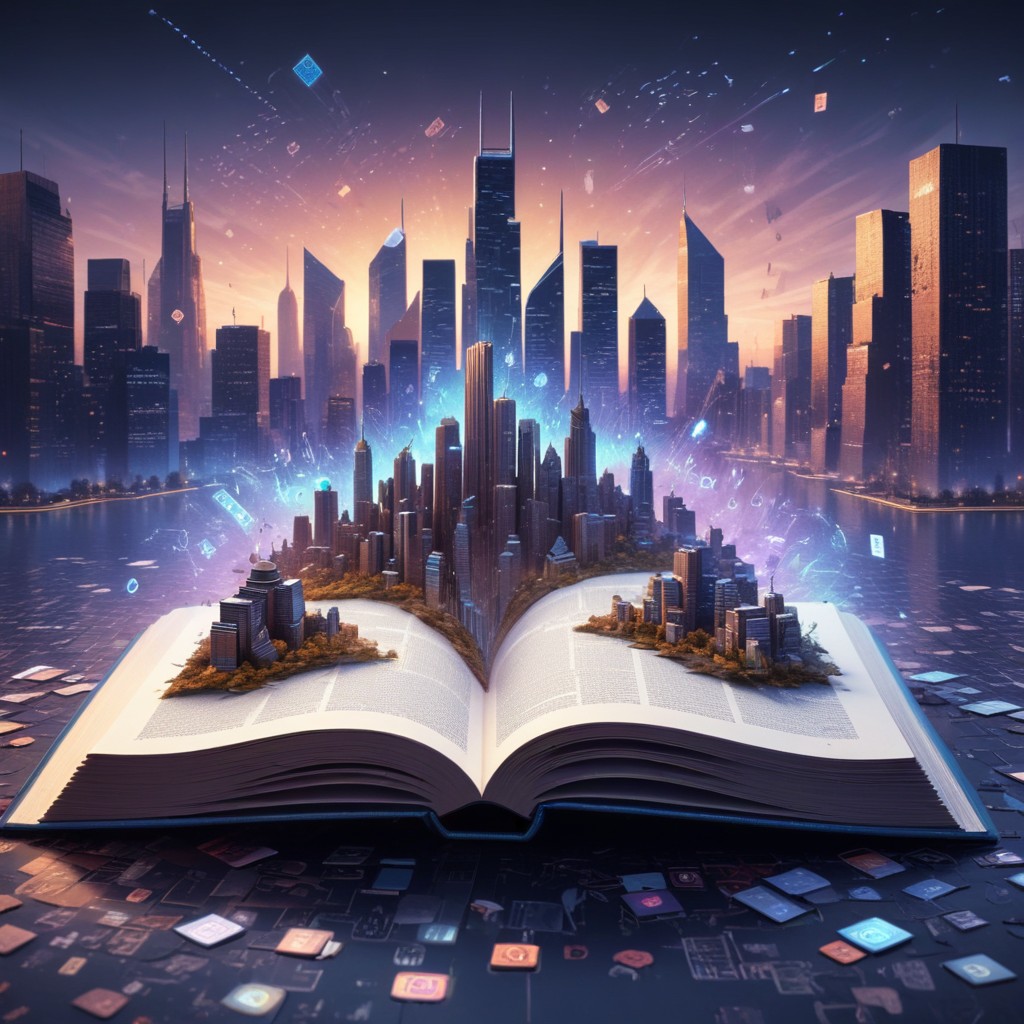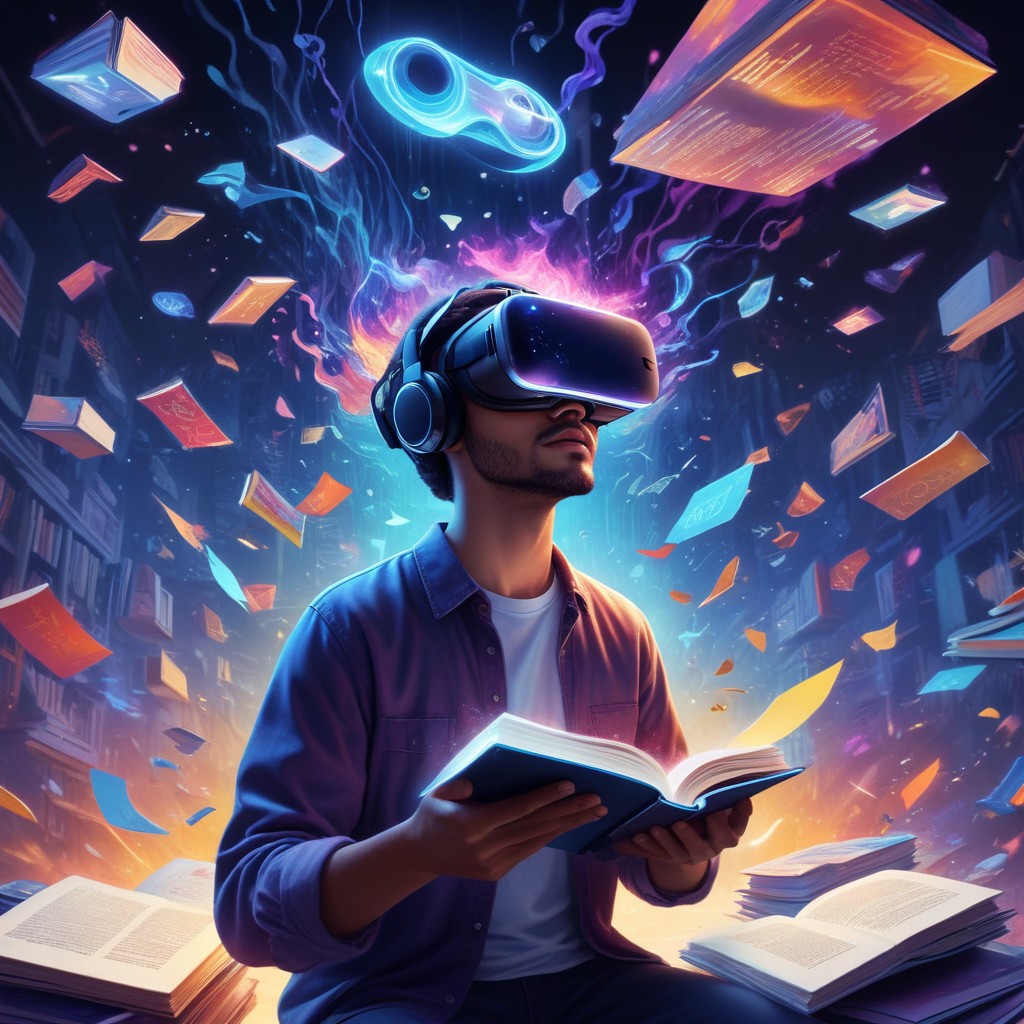The future of AI in translating literature holds immense promise and potential, ushering in an era of enhanced accessibility, cultural exchange, and global connectivity in the literary world. Here are some key trends and advancements shaping the future of AI in translating literature:
1. Neural Machine Translation (NMT)
- Improved Accuracy and Quality:
- Advancements in NMT algorithms and deep learning techniques are leading to higher accuracy, fluency, and naturalness in translated literary works, capturing nuances and context more effectively.
- Contextual Understanding:
- AI-driven NMT models can better grasp the contextual meaning, literary style, and cultural nuances of original texts, producing translations that preserve the artistic integrity and emotional resonance of the source material.
- Multi-Lingual Capabilities:
- AI-powered NMT systems are capable of translating literature across multiple languages, facilitating cross-cultural dialogue, and enabling readers worldwide to access diverse literary works in their native languages.
2. AI-Assisted Human Translation
- Collaborative Translation Platforms:
- AI-powered collaborative platforms facilitate human translators in their work by providing context-aware suggestions, terminology assistance, and real-time feedback to improve translation accuracy and efficiency.
- Post-Editing Tools:
- AI-driven post-editing tools analyze and enhance human-translated content, addressing grammatical errors, style inconsistencies, and cultural nuances to refine and polish translated literature.
3. Personalized and Adaptive Translations
- User-Centric Translations:
- AI algorithms can personalize translations based on user preferences, language proficiency, and cultural background, delivering tailored reading experiences that resonate with individual readers.
- Adaptive Language Models:
- AI-powered language models can adapt translations to specific literary genres, writing styles, or historical periods, preserving the authenticity and nuances of each literary work.
4. Multimodal Translation
- Audio-Visual Translation:
- AI technologies enable the translation of audio-visual content such as audiobooks, podcasts, and video readings, expanding access to literary works in diverse formats and mediums.
- Interactive Translations:
- AI-driven interactive tools allow readers to engage with translated literature through annotations, annotations, and multimedia elements, enhancing comprehension and immersion in the translated text.
5. Ethical and Cultural Considerations
- Cultural Sensitivity:
- AI translation systems incorporate cultural context, sensitivity, and ethical guidelines to avoid mistranslations, offensive language, or misinterpretations in translated literary content.
- Translator-AI Collaboration:
- The future of AI translation involves collaborative efforts between human translators and AI systems

